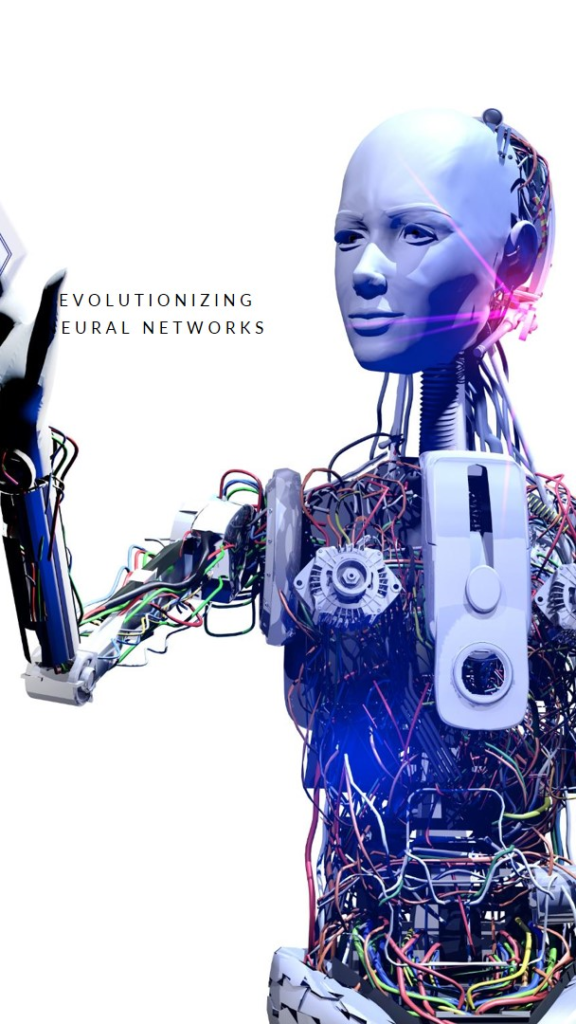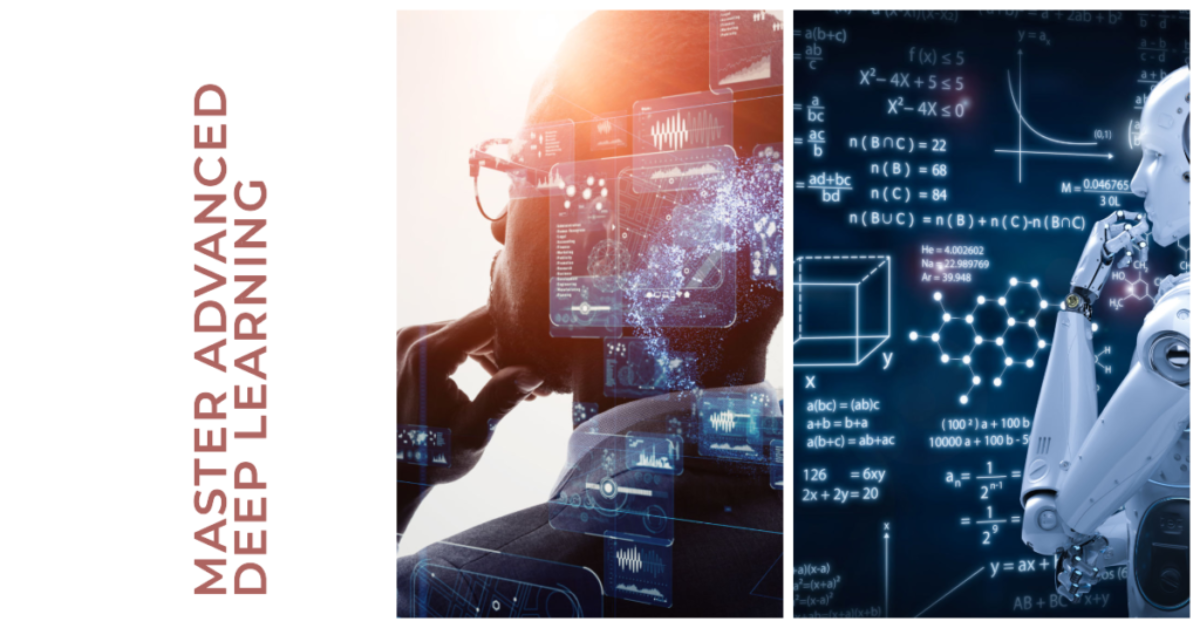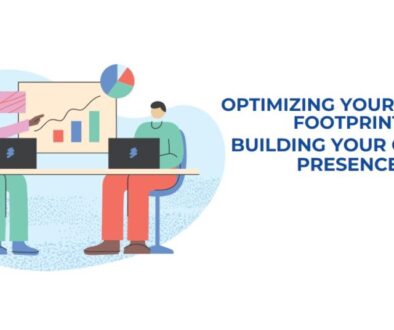Advanced Deep Learning with Python:
AI innovation accelerates, deep learning assumes paramount significance. The book Advanced Deep Learning with Python by Ivan Vasilev is a helpful guide. It explores deep learning in detail. It gives readers the tools to build advanced AI solutions. This article discusses the book’s key themes and insights. It highlights its importance in the AI field.
Understanding Deep Learning
Deep learning is a type of machine learning. It uses complex neural networks with many layers. Autonomous networks acquire knowledge and make self-determined decisions. The book starts by explaining the theory and math behind neural networks. It covers key ideas: backpropagation, gradient descent, and activation functions. They are crucial for understanding how neural networks learn and improve.
Advanced Neural Network Architectures
A key feature of this book is its focus on advanced neural networks. Readers learn about cutting-edge models like CNNs, RNNs, and GANs. Each architecture is explained in detail. It includes practical examples and code using TensorFlow and PyTorch. For instance, there is much coverage of CNNs. They are used in image recognition and computer vision tasks.

Practical Applications
The book doesn’t discuss theory. It stresses using deep learning in practice. Readers learn how to apply deep neural networks to solve real-world problems. The book provides a step-by-step guide on using CNNs. It covers object detection and image segmentation. These are vital tasks in fields like autonomous driving and medical imaging. It also explores RNNs for natural language processing (NLP) tasks. These include machine translation and sentiment analysis.
Generative Models
Generative models, including GANs and VAEs, are a book highlight. These models can generate new data that resembles the training data. The book explains GANs. They use two competing neural networks: a generator and a discriminator. This creates realistic images. VAEs, , generate new data points in a continuous latent space. So, they are useful for image synthesis and anomaly detection.
Meta-learning and Graph Neural Networks
The book also covers advanced topics. These include meta-learning and graph neural networks (GNNs). Meta-learning, or learning to learn, is a technique. It equips models to adjust to new tasks with minimal data exposure. This is particularly useful in scenarios where data is scarce or expensive to get. GNNs, , work with graph-structured data. So, they are ideal for social network analysis, recommendation systems, and bioinformatics.

Implementing AI solutions with TensorFlow and PyTorch
The book is about using two popular deep learning frameworks: TensorFlow and PyTorch. It focuses on practical work with them. TensorFlow, created by Google, is robust and scalable. So, it’s good for large-scale AI projects. Facebook developed PyTorch, and people praise its flexibility. Its ease of use makes it a favorite among researchers and developers. The book gives detailed code examples and explanations for both frameworks. This lets readers choose the one that best fits their needs.
Building Smarter AI Systems
The book’s goal is to teach readers to build better AI systems. They should be smarter, faster, and more efficient. It emphasizes the importance of model optimization, hyperparameter tuning, and deployment strategies. Readers learn to optimize their models for better performance. They also learn to deploy them in production environments. The book covers techniques for model interpretability. It ensures that AI systems are powerful, but also transparent and trustworthy.

Conclusion
“Advanced Deep Learning with Python” is a must-read. This book is for anyone interested in learning about deep learning. It explains how to create advanced AI solutions using TensorFlow and PyTorch. It covers complex neural network designs and their uses. It includes hands-on implementation. It is a solid foundation for building next-gen AI solutions. This book is for researchers, developers, and AI fans. It gives the knowledge and tools to stay at the forefront of the AI revolution.
Disclaimer
This book is for learning and information only. We tried our best to make it correct and complete. They are not responsible for errors in this information or any results from using it.
The techniques and code examples in this book aim to give a general understanding of the subject. You should not use them as a substitute for professional advice or services. The reader should seek expert help for specific technical or business issues.
The author and publisher are not liable for any damages resulting from using this book. The reader assumes full responsibility for using the provided information and techniques.
For more details please visit: https://techpioner.com/2024/02/29/tech-innovations-in-healthcare-transforming-the-industry/
FAQS
Q: What is Machine Learning?
- Machine Learning is a subset of Artificial Intelligence that enables systems to learn and improve from experience without being explicitly programmed.
Q: Why Python for Machine Learning?
- Python’s simplicity, readability, and extensive libraries (NumPy, Pandas, Scikit-learn, TensorFlow, PyTorch) make it the preferred language for ML.
Q: How to install Python and necessary libraries?
- Use Anaconda or Miniconda for easy package management. Install Python from the official website and use pip or conda to install libraries.



